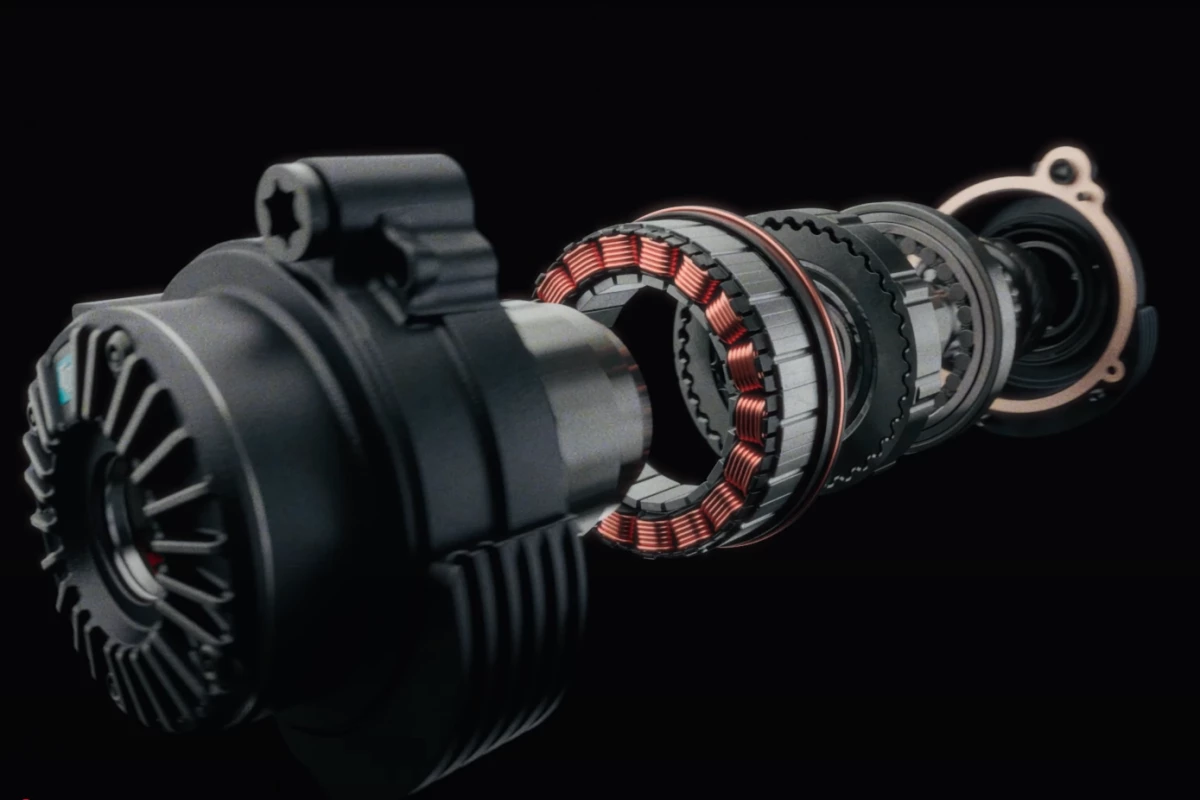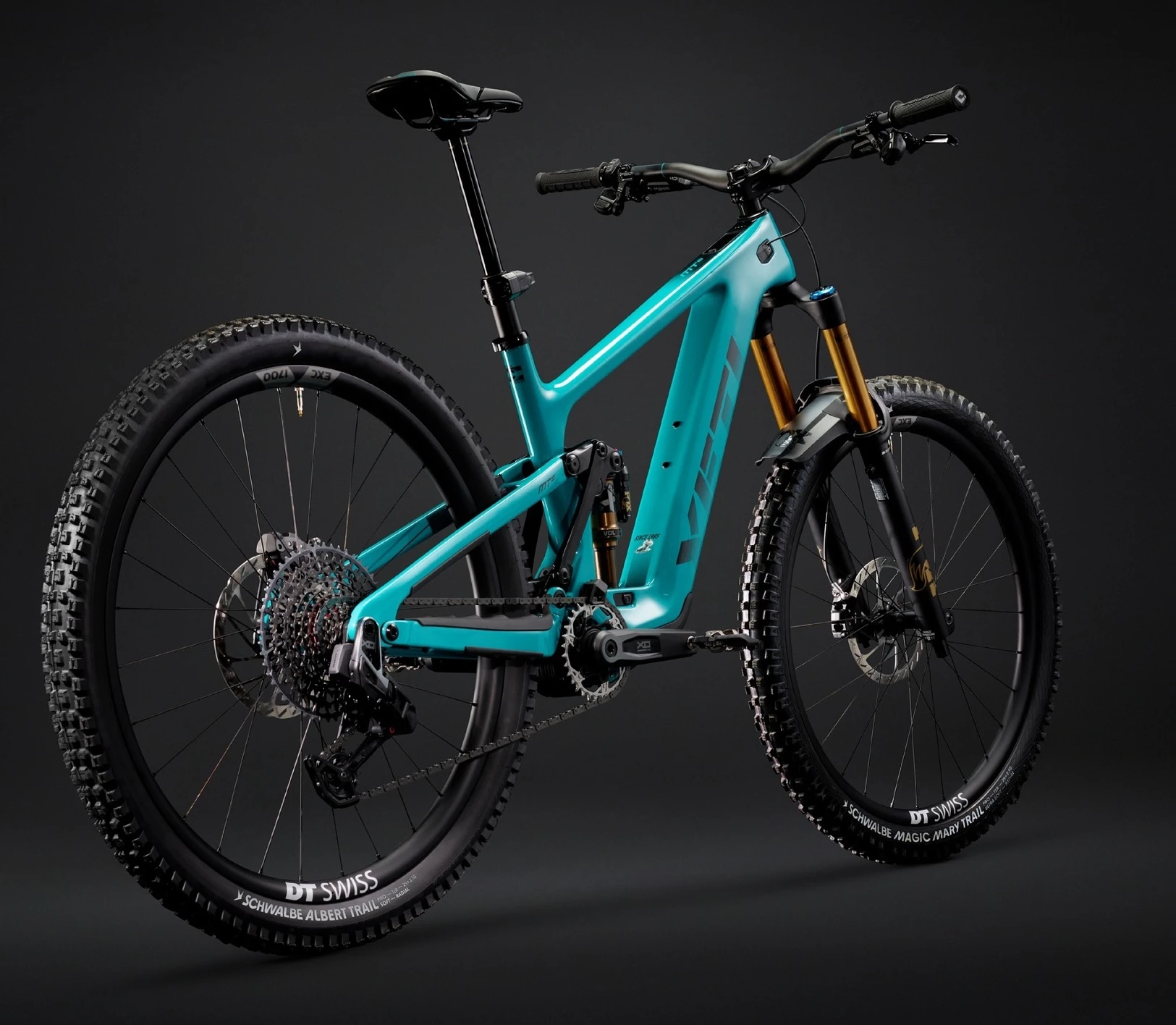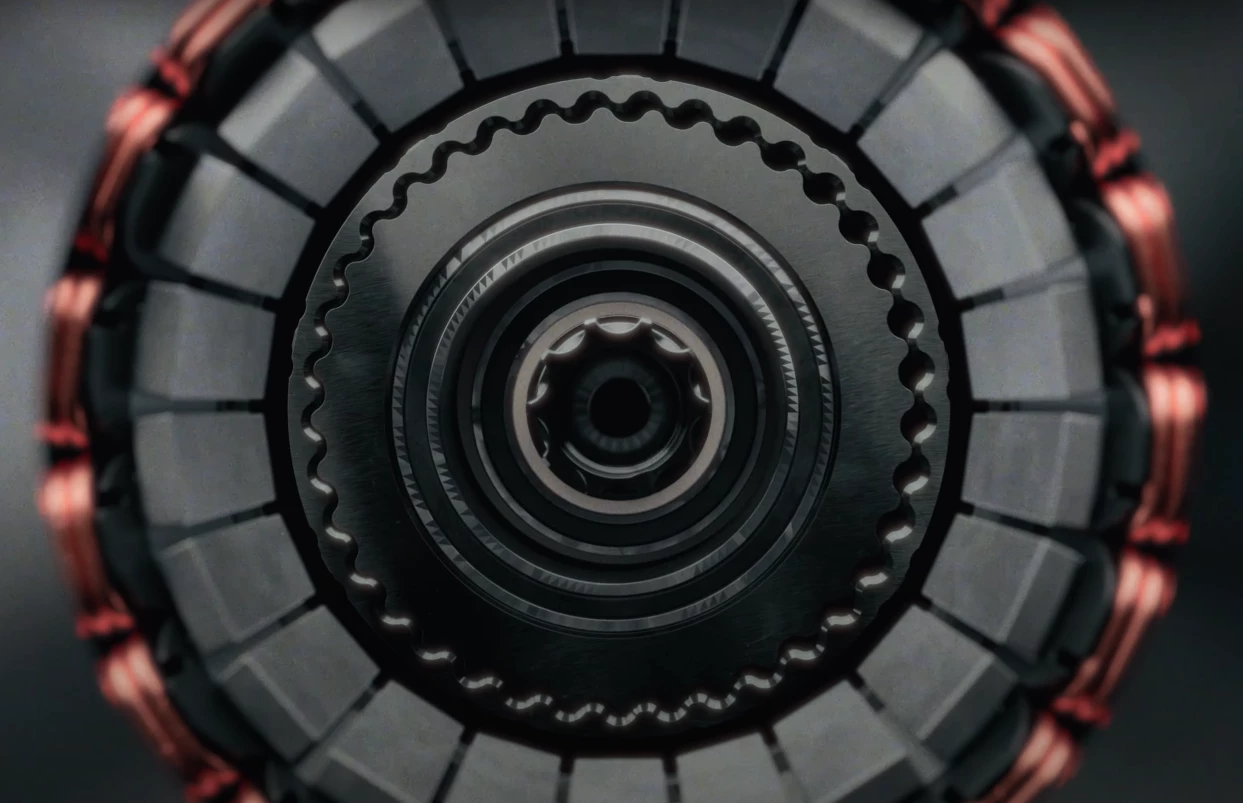Since launching in 2022, the TQ HPR50 electric motor drive has underpinned some of the lightest, most inconspicuous electric bikes from name brands like Trek and Pinarello. Its low profile doesn't mean it isn't ready to power up a ride, though, dealing out 300 watts and 50 Nm (37 lb-ft) of torque for road and trail riding convenience. For 2025, TQ takes the next step forward with the HPR60, which boosts power even higher while putting on only a fraction of a pound.
TQ first emerged in the ebike space way back in 2012 with the HPR120S, a high-powered unit well ahead of its time in delivering 120 Nm (89 lb-ft) of torque and over 900 watts of power from a 3.9-kg (8.6-lb) package. It was the company's largest, most conspicuous ebike motor to date but started out rather invisibly in the market, earning little attention until Haibike integrated it into its high-powered Flyon eMTB series years later.

TQ then enjoyed a shower of praise and accolades, including a win in the German Design Council's 2017 Bicycle Brand Contest and a 2018 Design & Innovation Award. Reviewers who got in the saddle over top the buzzing, high-output 120S, meanwhile, praised it for being the most powerful ebike motor out there and loved the instant acceleration that came with the 120 Nm of continuous torque.
On the other hand, reviewers also noted it was loud, difficult to rein in at times, and didn't necessarily provide a smooth, natural riding experience.
At the same time the 120S era was starting to dawn, the sun was also setting. Does an ebike really need that kind of power if it isn't going to deliver a smooth riding experience enjoyable across various ability levels?

As TQ tells the story, the backdrop was the same Eurobike 2018 that brought the world the all-new Haibike Flyon. The company was trying to stoke the fire of excitement around its high-output mid-motor and had Frankensteined the HPR120S into a Trek Powerfly eMTB. Unsurprisingly, the rig caught the eye of Trek's crew as they walked the show, sparking a conversation about how small TQ might be able to package the Harmonic Pin Ring (HPR) technology that underpinned the drive.
TQ accepted Trek's challenge and found itself in the somewhat unusual position of considerably scaling back the specs of its hard-hammering electric machine. In doing so, it was able to shrink down its HPR drive technology quite effectively. It took several years to develop a motor it could call the smallest, lightest and quietest drive in its class while still pushing the boundaries of power/torque-to-weight, but TQ met the brief.
The result was the HPR50 e-drive, and it launched at the 2022 edition of the same Eurobike show at which it was conceived four years earlier, amidships the Trek Fuel EXe. The motor disappeared like little to nothing the world had seen previously, hiding neatly in the bottom bracket like it was barely there. Rather than the brutal hillclimbing force of older 120S-revved eMTBs, Trek stressed a more balanced, natural and quiet eMTB experience.

Just like that, TQ had a natural-born winner in the ebike category. The HPR's 50 Nm and 300 watts may have paled in comparison to the 120S' numbers, but the average rider wasn't looking for that much brutal power, anyway, and wasn't riding the type of beefy, overpowered downhill/enduro eMTB in which the 120S called home.
The HPR50 more than halved the 120S' weight down to 1.8 kg (4 lb) and even weighed slightly less when coupled with a 360-Wh battery pack than the 120S motor alone. The 50's sleek, compact packaging also gave it a 135-mm Q Factor (measurement from the outside of one crank to the outside of the other) approaching that of a regular, non-electric mountain bike, providing a familiar, intuitive bike feel instead of a wide-legged stance.
Trek quickly turned the motor over to the Lycra-clad gurus in its road department and put it to work on the 25.7-lb (11.7-kg) Domane+ SLR. Before 2022 was out, Scott got in on the electrified road and mountain biking fun, as well.
Once the calendar flipped to 2023, Pinarello, which had long taken extreme lightness, aerodynamics and speed quite seriously, swapped the HPR50 in for the Fazua it was using previously on its Nytro electric road/gravel platform, immediately declaring the road series flagship the lightest mid-drive pedal-assist ebike available. Spend five figures, and you'd have a bike bottoming out at a tenth over 25 lb (11.4 kg) even.

It's been only two years since the Nytro debuted, but apparently that means it's time for TQ to issue a proper refresh. The competition has definitely stiffened, after all.
The new HPR60 doesn't stray too far in its numbering but enjoys a 10-Nm boost to 60 Nm (44 lb-ft) of available torque, with power ratcheted up to 350 watts. It adds on very little weight in the process, tipping the scales at 1.9 kg (4.2 lb).

Like the HPR motors that came before it, the new HPR60 relies on TQ's concentric Harmonic Pin-Ring transmission technology to develop serious power and torque out of a small handheld package.
"At its heart is a double tooth ring in which many teeth engage simultaneously," TQ explains of the HPR configuration. "The tooth shape is chosen to be precisely matched and to achieve maximum surface pressure. This means that a lot of force can be transferred to just a few parts. No loss of power, much less installation space, much fewer parts."
"The result: a direct, instantaneous response that enables an exceptionally natural and dynamic riding experience," it concludes.

Instead of a Trek, the new HPR60 makes its world premiere aboard the Yeti MTe, a shreddy race-inspired eMTB built around Yeti's adjustable Sixfinity suspension platform. It pairs with either a lightweight 290-Wh battery pack or bigger, rangier 580-Wh option.
You can get more acquainted with the MTe by getting the full scoop from Yeti or simply watching it in action below. Bike build weights range between 17.6 and 20.1 kg (38.7 and 44.3 lb), with prices between US$9,850 and $14,300. Those two figure categories are, of course, inversely related.
Eurobike kicks off later this month, so we'll keep our eyes out for more HPR60 info and bikes.
Source: TQ












